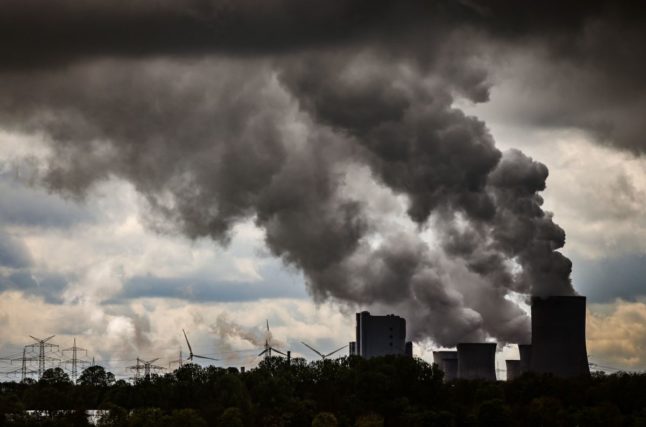By midnight all 400 fire fighters on the island were busy fighting blazes and the fire department headquarters in Harrislee had called a state of emergency.
“The island is burning, one could say,” a police spokesman at the central station in Westerland said.
Authorities believe most of the fires began with lightning strikes during violent thunderstorms in the region, but said they may also be investigating for arson.
The worst blaze occurred a school recreation centre in the northern town of Klappholttal after a kitchen fire apparently spread to a neighbouring building. Both structures burned to the ground, and fire fighters planned to raze the smouldering remains into piles to control the final flames in the morning, they said.
Meanwhile a lightning bolt set a hotel in Wenningstedt ablaze, forcing rescue workers to evacuate some 200 guests. A hallway in the main building was damaged.
Two buildings in a nature preserve area also reportedly caught fire.
In Westerland another lightning strike set off a fire alarm, but there was only minor damage.
A series of burning trash dumpsters in Westerland also kept fire fighters busy. For unknown reasons three trash receptacles caught fire outside apartment buildings, and police are now investigating on suspicion of arson.
Sylt was hit particularly hard by heavy thunderstorms across northern Germany overnight that kept flood watch officials on alert as water gauge levels increased following floods in eastern Germany last week.




 Please whitelist us to continue reading.
Please whitelist us to continue reading.
Member comments